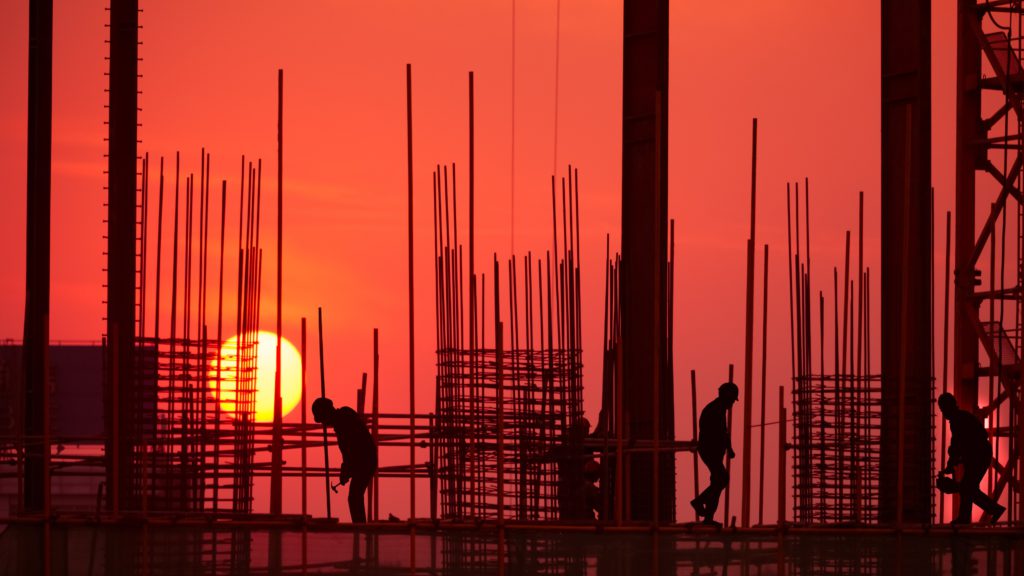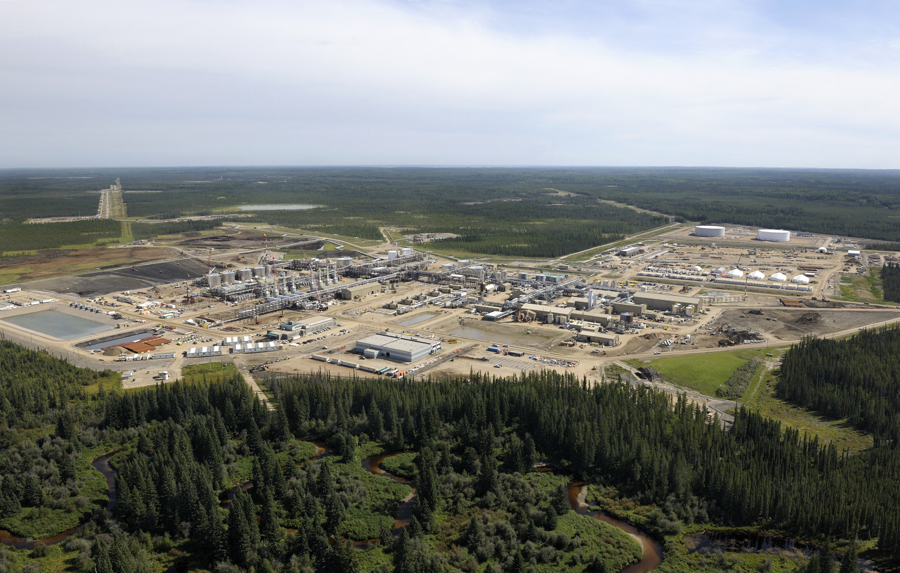Column: Shanghai metal stocks dent great expectations

The London Metal Exchange (LME) base metals index jumped by 10% in January as investors placed their bets on a resurgent Chinese economy.
China remains the engine room of global manufacturing, but two years of rolling covid-19 lockdowns have muted its usual impact on metals pricing.
A full recovery, the bulls hope, will translate into a demand booster, particularly since policymakers seem intent on stabilising a floundering property sector.
But can China match such great expectations?
Surging Shanghai metal stocks have injected an element of doubt into the bull narrative and the LME Index is now showing year-to-date gains of only 3% after a February pull-back.

Seasonal surge
Metals bulls have been nervously watching the fast build in Shanghai Futures Exchange (ShFE) stocks over the past few weeks.
This is a seasonal event. Many downstream fabricators shut up shop for the Lunar New Year holidays, but smelters run continuously, resulting in a build-up in inventory.
But it is the strength of this year’s seasonal surge that has caught the eye.
ShFE-registered aluminum inventory has risen from 95,881 tonnes at the end of December to 268,984 tonnes last Friday.
Copper stocks have grown equally dramatically, from 69,268 tonnes to 242,009 tonnes over the same period. The jump in ShFE inventory has been mirrored on Shanghai’s International Energy Exchange (INE), where copper stocks have rebuilt from 16,048 to 68,627 tonnes.
In volume terms, these are the sharpest seasonal builds since China first went into hard lockdown in 2020.
The optics are not bullish, particularly when factoring in the collapse of the Yangshan copper premium, a closely watched indicator of import demand. It is currently assessed by Shanghai Metal Market at a bombed-out $22.50 a tonne, down from an October high of $152.50.
Different this time?
These Shanghai stock surges, however, come with some important caveats.
Both aluminum and copper stocks are rebuilding from what were extremely low levels. ShFE aluminum inventory at the end of last year was the lowest since 2016 and ShFE copper stocks have spent much of the past 18 months around decade lows.
Moreover, it’s noticeable that other metals have registered much more restrained New Year holiday rebuilds.
ShFE zinc stocks have jumped by 85,216 tonnes to 105,669 tonnes since the start of January but are still lagging behind the more than 170,000 tonnes reached early last year.
Lead inventory has barely rebuilt at all, up by only 15,650 tonnes to 50,867 tonnes so far this year.
The Shanghai signals are far from uniform, which may be down to different dynamics in each particular market.
There’s also a problem comparing this year’s inventory patterns to those of the past, given that China entered the Year of the Rabbit just after the pivot away from the country’s zero-COVID policy.
The resulting dislocation may have persuaded many metal consumers to take an early break, extending and amplifying the annual trend.
Wait and watch
It’s difficult to say until China’s seasonal stocks pattern plays out in full.
Inventory normally peaks about four or five weeks after the New Year holiday as the downstream sector reopens and begins restocking.
This year that means early March, according to Goldman Sachs, which remains a copper bull with a 12-month target of $11,000 a tonne, compared with a current $8,860. (“Metals Watch: Waiting on China”, Feb. 9, 2023)
Others are unconvinced about the likely strength of any Chinese rebound.
Julius Baer is in the bear camp. “We do not share the hopes of strengthening metals demand,” it said, adding that there does not seem to be a need for restocking.
The January rally went “too fast and too far” and, in the opinion of the Swiss bank, “better buying opportunities should arise over the course of this year”.
China sits at the heart of the clash of metallic narratives, with Shanghai inventory levels assuming extra price significance for what they can say about the strength of post-holiday demand.
The jury is very much out, which means metal markets have no option but to wait and see when and at what levels Shanghai inventories peak.
(The opinions expressed here are those of the author, Andy Home, a columnist for Reuters.)
{{ commodity.name }}
{{ post.title }}
{{ post.date }}

Comments